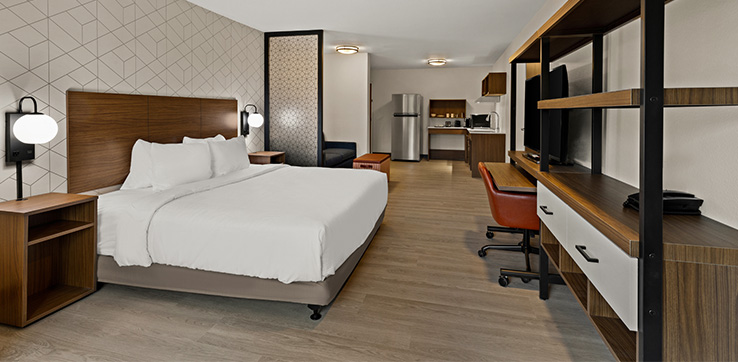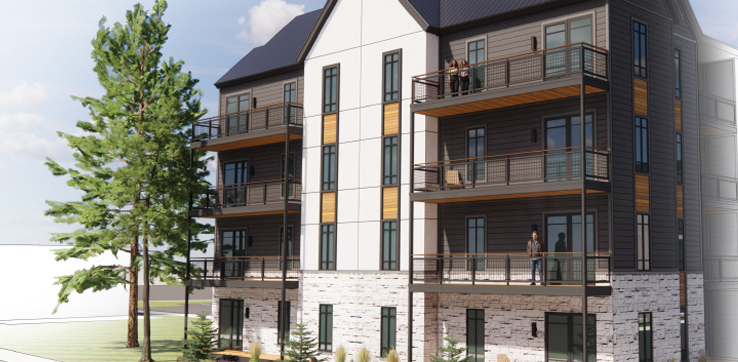What does the future of convenience look like for 2021? Our in-house Food Retail Innovation Team has been tracking key trends in the quest for convenience in the food retail sector and analyzing how it will affect the customer experience as well as the layout and operations of a food retail business. Based on the team’s research and discussion, here are the top five things we think will shape convenience in the food retail world over the next year.
Food on Demand
The customer’s demand for convenience continues to grow. “Convenience” can mean different things to different shoppers. Simultaneously, the same shopper’s idea of what is convenient could vary from day-to-day and trip-to-trip. For example, a shopper could prefer the ease of online shopping and grocery pick-up without the need to leave their vehicle, while another time the shopper may find it more efficient to buy an item in the store. To address the different ways people want to shop for food, we see the opportunity to reconfigure the building and site layout to meet the expectations for quick access to food in the various ways people want to shop.
Design considerations may include strategic entry points to departments most frequented by customers (such as Prepared Foods and Dairy), parking areas and sidewalks that allow convenient access to in-store products via walk-up window purchases, drive-thru service from the exterior and quicker vehicular routes to grocery pick-up zones. The reorganization of departments and increasing the ease of access creates opportunity to utilize all four sides of a building’s exterior instead of the traditional customer entrances existing only at the front of the store.
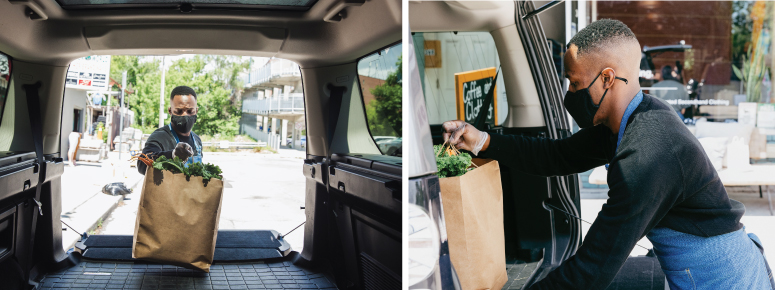
Store Layout
In addition to exterior design implications, the interior store layout must also adapt to transformed shopping habits. This layout-focused design challenge is something BRR has been helping our clients navigate, especially in the areas of curbside pickup and micro-fulfillment in support of the exponential increase in online shopping. An interesting trend we’ve witnessed is how the overall footprint of the store is remaining the same, but the sales floor is shrinking. With focus shifting to online, traditional staples found in center store aisles are repositioned to micro-fulfillment stock. Also, the use of automation and robotics allows for maximizing not only the floor area but also the volume of the store, allowing products to be stacked much higher.
Another trend we are tracking is the customer’s interest to primarily shop only the front “convenient” areas of the store, especially when they are in a hurry. We have explored store layout options that position fresh, prepared foods and staples typically relegated to the rear perimeter wall of the market to the front “convenience zone” which allows for a fast and efficient shopping experience. Bringing refrigerated and service cases forward within a store poses the challenge of decreasing operational efficiency due to the proximity to back of house areas and deliveries. However, with the reorganization of the facades and overall site circulation mentioned earlier, design solutions could lean towards a new concept of what is considered the “back of house.”
Customized Service
When it comes to quick and convenient service, customers have varying expectations of human interaction. Customized service does not necessarily mean “full-service;” it can take the form of human or automated interaction. The key is to provide customers with services that are adaptable to how a shopper wants to interact with the store on a particular day. For example, a customer could have limited time and is satisfied with looking up information on a kiosk or phone with no desire for store employee interaction, or they may have questions about a meat purchase in which they need the personal expertise of the in-house butcher. Accommodating these interactions influence the fixture layout and circulation at service areas and add to the design challenge of creating a similar customer experience regardless of the level of interaction.
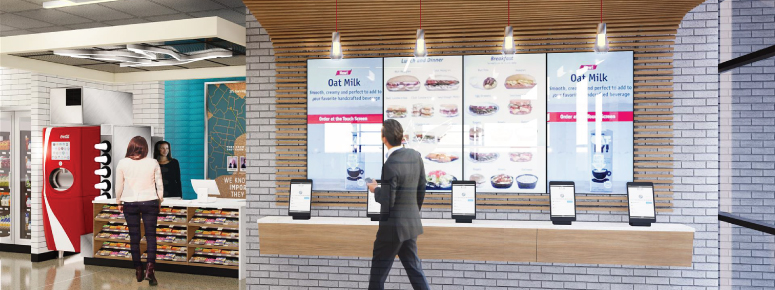
Meal Shortcuts
Grocers are expanding the selection of pre-packaged meals and pre-prepped produce. Some brands, such as Whole Foods Market, have implemented a “produce butcher” who would slice produce as desired, which creates a feeling of “fresh from the market” with the added convenience of buying prepared foods. Another idea that has been introduced is a vending machine-type device, like Chowbotics Sally 2.0 Robot, which allows a customer to pick out their own produce, put it in the machine and select how they’d like it to be sliced, chopped, or diced replaces the need for traditional service counter prep space.
The notion behind this idea is the grocery store can be more than just a warehouse for food, but an extension of the shopper’s kitchen. Not only can customers buy the ingredients needed for their meals, but they also have the option to get some of the prep work done ahead of time. This trend in meal shortcuts is something we are watching as we look at the continued evolution of meal kits and how grocers can assist customers with their cooking.
Limited Contact
The idea of limiting how many times a product is touched on it’s path from farm-to-table is something that many grocers and consumers are watching. The key is to appeal to a variety of customers who have different levels of comfort. The majority of the employee’s interaction with the food happens in the act of stacking produce and stocking shelves. While some will not have an issue with this process and still prefer a pre-prepped avocado, others could want to limit the touch even further and prefer to pick their produce as it arrives off the truck. Self-checkouts are a great option for shoppers who want to limit the touch points for their food. Satisfying both of these customers can prove challenging and may require some changes to the layout as mentioned earlier.
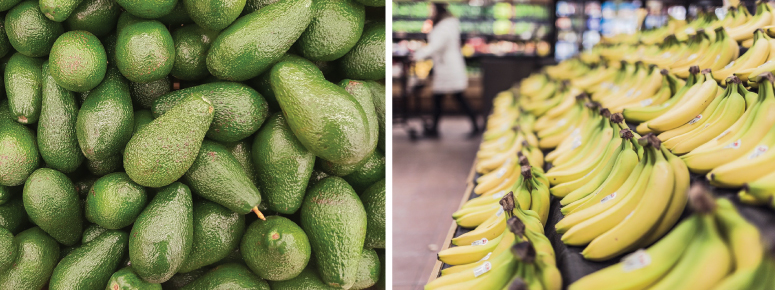
The way people shop will continue to shift and vary day-to-day and the food retail market will be forced to adapt and accelerate solutions to meet the increasing demands for more convenient access to food. The key to success will be to focus on the needs of every shopper, every time and create a store environment that supports the increasing expectations for more convenient ways to shop for food.
About the Author:
Carol Bartolo, AIA, is a Vice President in our Atlanta office with over 20 years of experience in the industry. During her tenure at BRR, she’s worked with retail, hospitality and industrial clients on a variety of project formats, from new construction to tenant improvements, and has also been involved in conceptual prototype design efforts. Additionally, Carol has been essential to BRR’s food retail design efforts and helps lead a team of individuals that regularly identify and review global trends, and study how those trends and other innovative solutions can be implemented into our client’s programs. Email her.

